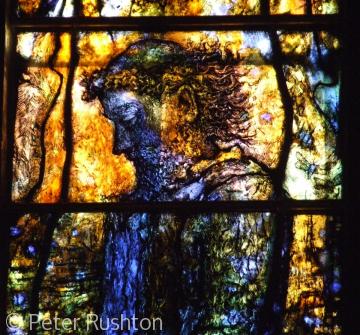Bede and Wearmouth

Much of what we know of Anglo-Saxon Sunderland comes from the writings of the celebrated monk and scholar Bede who, in his famous work The Ecclesiastical History of the English People, tells how he was born on the ‘territory’ belonging to the monastery of St Peter’s at Wearmouth (Monkwearmouth), this possibly being the ‘sunderlonde’ (i.e. land which is separate, apart) owned by the monastery on the southern bank of the river Wear, the site of which eventually became the borough of Sunderland. Bede spent his early years at Monkwearmouth, before transferring to the monastery’s sister establishment, St Paul’s at Jarrow. In his History of the Abbots he tells of the foundation of Wearmouth, describing its buildings and furnishings in considerable detail. It was during his lifetime that the Wearmouth-Jarrow monasteries together flourished as focal points of early Christianity in the north and as major centres of cultural and intellectual excellence not only in England but throughout Western Europe.
Content generated during research for two paperback books 'Sunderland and its Origins: Monks to Mariners' (ISBN 13 : 9781860774799) and 'Sunderland: Building a City' (ISBN 13 : 978-1-86077-547-5 ) for the England's Past for Everyone series





